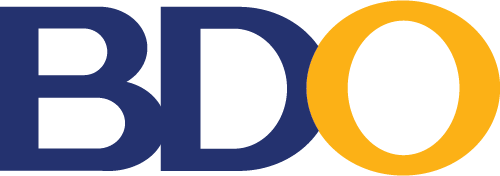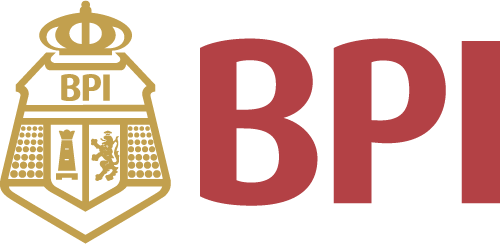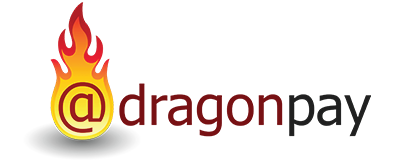All Categories
Learn to Read Biblical Hebrew: A Guide To Learning The Hebrew Alphabet, Vocabulary And Sentence Structure Of The Hebrew Bible
Share Tweet
*Price and Stocks may change without prior notice
*Packaging of actual item may differ from photo shown
- Electrical items MAY be 110 volts.
- 7 Day Return Policy
- All products are genuine and original

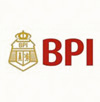




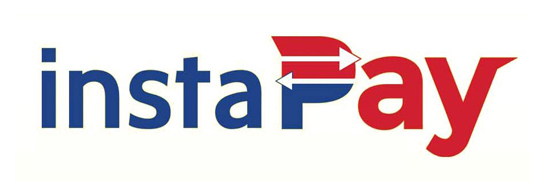

About Learn To Read Biblical Hebrew: A Guide To Learning
Product Description Anyone interested in learning to read the Hebrew Bible in its original language will find within the pages of this book all the resources needed to begin this wonderful journey. The book is laid out in four parts. The first part teaches the Hebrew alphabet through a series of lessons. The second part teaches word and sentence structure of the Hebrew language by breaking down each Hebrew word in Genesis chapter one, verses one through five. The Hebrew text of Genesis chapter one is provided for reading and comprehension practices in part three. The fourth part of the book contains charts and dictionaries of prefixes, suffixes, words and roots of the Hebrew language to assist the reader with vocabulary definitions and comprehension. Within a short amount of time the Hebrew student will soon be reading the Bible through the eyes of the author rather than the opinions of a translator. From the Publisher Everything the beginning student of Hebrew needs to begin reading the Bible in its original language, from learning the Hebrew alphabet to word and sentence structure. From the Author When I began learning Hebrew about ten years ago I kept a notebook of words, roots, charts of prefixes and suffixes to make the studying easier. This gave me, at my fingertips, all of the material gathered from various sources in one easy to use location. This instructional book is the result of that notebook. I hope that you find it as useful as I did. Jeff A. Benner About the Author Jeff Benner has had a long interest in the Hebrew language of the Bible and in 1996 he began researching the ancient pictographic alphabet used by the Hebrew people and other Semitic tribes. He has made many significant discoveries linking the ancient Hebrew culture with the ancient Hebrew language and alphabet. In 1999 Jeff founded the "Ancient Hebrew Research Center" to research and teach Biblical understanding through the alphabet and language to those with little or no Hebrew background. Jeff's current project is the Ancient Hebrew Lexicon of the Bible. This Lexicon defines Hebrew words of the Bible according to their cultural context revealing the original Hebraic meanings of Biblical passages and words. Excerpt. © Reprinted by permission. All rights reserved. Why Learn Hebrew? A translation of the Biblical text is a translator's "interpretation" of the text. The translator's beliefs will often influence how the text will be translated and anyone using his translation is seeing it through his eyes rather than the original authors. Only by studying the original language of the Bible can one see the text in its original state. Learning the Hebrew language can be both fun and exciting. By simply studying the pages that follow for just a few minutes a day you will soon be reading Hebrew and build a vocabulary of Hebrew words and phrases. About Hebrew The English word "alphabet" is derived from the first two letters of the Greek Alphabet: Alpha and Beta. Hebrew on the other hand uses the word "alephbet", the first two letters of the Hebrew alephbet: aleph and bet. The Hebrew alephbet consists of 22 consonants and no vowels. The vowels are dots and dashes added above and below the consonants. One advantage to Hebrew is that the sound for each letter remains the same unlike English where one has to memorize many variations. For instance the word circus contains the letter "c" twice, the first is pronounced like an "S" while the other is pronounced like a "K". Unlike English, which is read from left to right, Hebrew is read from right to left just as many other Semitic languages such as Arabic. This may sound difficult but in a very short time you will get used to it. When sounding out a word it will be easier if you remember the Consonant (C) and Vowel (V) patterns of Hebrew words. In English, the consonants and vowels may be arranged in any order such as in the word "circle" which has a C+V+C+C+C+V pattern. Hebrew on the other ha



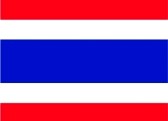
 (2)
(2)














